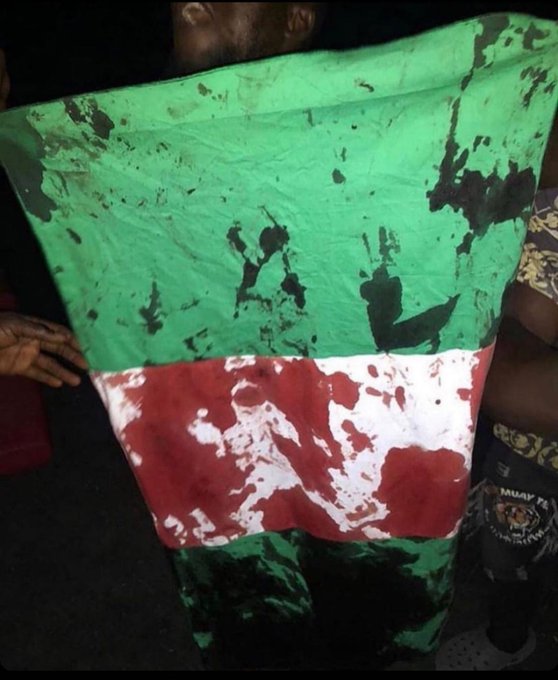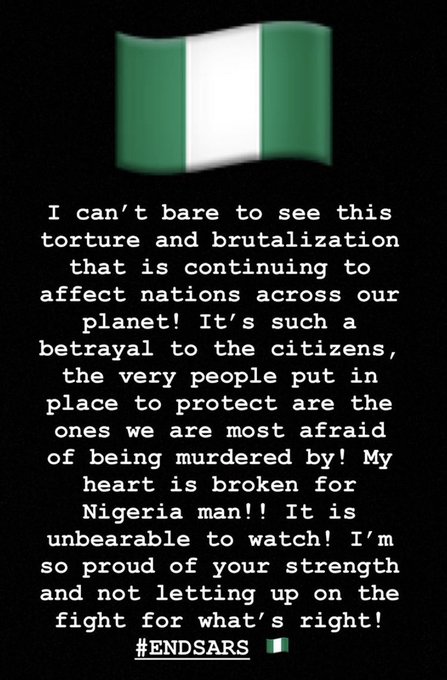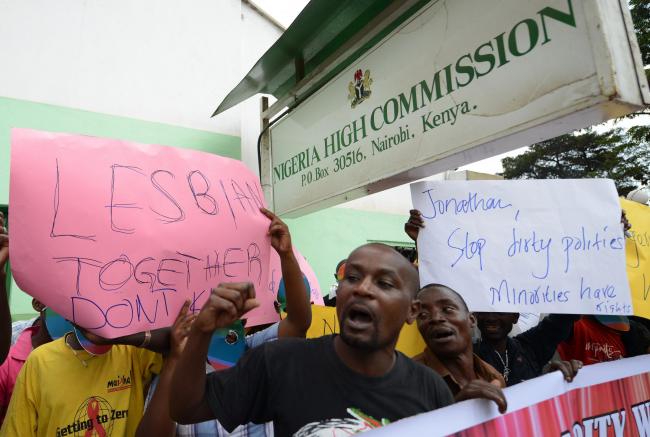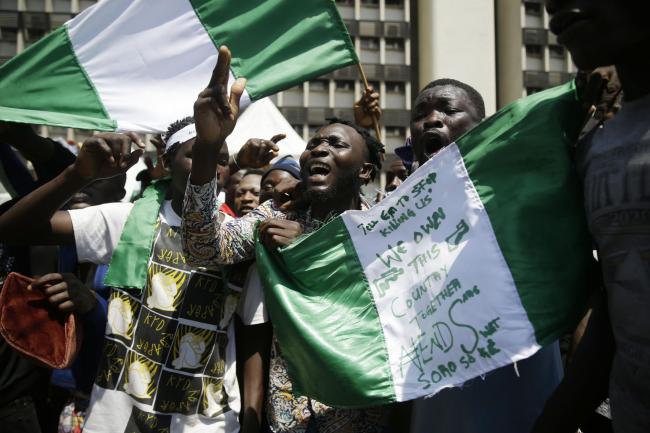Student accommodation is a lucrative business. One investment website says gross yields can be around 10-15 per cent, and adds, “Following the 2008 global downturn, it consistently remained one of the world’s best performing asset classes. Today, despite wider economic concerns, it remains one of the most popular investments in the UK and US respectively.”
These investments can change hands for huge sums. Earlier this year it was reported that New York-based private equity firm Blackstone had done the largest-ever private property deal in the UK, by agreeing to buy student accommodation company iQ from Goldman Sachs – for £4.7 billion.
The plight of students now locked down and studying online in this expensive accommodation is rightly receiving considerable attention, and the monetisation of university education and the student experience is being discussed – perhaps in part because people in the media can easily identify with the students, or may have family members affected.
But – providers of student accommodation do at least supply rooms or flats in a suitable location, ie near the university. Some of our most disadvantaged and traumatised children and young people do not even get that consideration, and few people in the media identify with their plight.
Children who are taken into care are often moved long distances away from their home areas, far from everything and everybody they know. Andrew Fellowes of the NSPCC has pointed out that these children are more likely to go missing, and says, “There needs to be coordinated action from national and local governments to provide high quality accommodation options close to where children live."
One would think this was the least we could expect from a state which had any thought for the welfare of some of its least fortunate children – that some careful planning would go into where children’s homes are needed, and to establish them there.
But the reality is that, like so much these days, the care of vulnerable children is increasingly subject to market forces. The care of some of our youngest and most severely deprived and disadvantaged children have, like University students, become a source of big profits, and if there’s one thing we all know about profits, it’s that they are usually maximised where possible.
So perhaps it is no surprise to learn that a quarter of all England’s children’s homes are located in the North West, and that London children who go into care are quite likely to be sent far away from home. It seems likely that a big factor in this is property prices. If you were setting up a children’s home for profit, would you buy an expensive property in the South East, or a cheap one in the North West? So, children in care are shunted around the country.
Perhaps if we were confident that children would receive good care when they got there, location wouldn’t be so important. But sadly, we can’t be. In the latest government figures, for example, it was revealed that two large private providers had 28 per cent of their homes listed as “Requires improvement to be good”.
What does it mean, for the children who have to live in homes that are not as good as we would hope? What is it like? Sometimes, not at all like a home in any real sense of the word. Ofsted inspection reports can tell a grim story.
For instance, on 11 August 2020, following a complaint, Ofsted carried out a monitoring visit to a children's home in Warrington. The previous inspection in 2019 had rated the home as Good. On this visit inspectors found, “Staff and managers are not meeting children’s basic day-to-day needs and physical necessities. This may re-enforce previous experiences for children and this does not meet the therapeutic approach described in the home’s statement of purpose." And then, sadly: ”The physical environment of the home needs improvement. For example, carpets in the home were stained and had burn marks on them. Basic items such as bathroom fittings and bedroom furniture were missing. This does not provide a homely environment for the children to live in.” The company that operates this children’s home was purchased in 2017 by a private equity company based in Savile Row, Mayfair, London.
Last year the Local Government Select Committee investigated the funding of children’s care, and said, ‘Concerns were raised about local authorities’ reliance on private providers and the cost and quality of some of this care. Professor Jones [Emeritus Professor of Social Work, Kingston University and St George’s, University of London] told the Committee: “at the moment, 40 local authorities do not provide any residential childcare themselves; they buy it all in the market”. He considered that the overdependence on the private sector meant “the market is now escalating the price [of residential care] because they can afford to, because they have local authorities over a barrel”. He also considered that “the same is true of independent foster care agencies”.’
Then in January 2020, research commissioned by the Local Government Association found, “Professional investors and markets have brought financial engineering techniques to the children’s services sector, and these include significantly increasing debt levels and their associated risk.”
Financial engineering techniques. It’s disturbing to remind ourselves that we are talking about the care of traumatised, unhappy and suffering children, being treated as income streams for big businesses and hedge funds to gamble with. This, to me, indicates how unjust and money-driven our society has become, and how the lives of those most in need are too often disregarded and ignored – at great cost to them, and to us. Many of the costs, in personal and social harm, are unquantifiable. But the financial costs alone can be quite staggering.
In September 2020 the Children’s Commissioner reported: “local authorities can pay extortionate amounts for residential care – usually more than £4,000 a week, with local authorities reporting that the costs of such placements are rising sharply.” When children are 16 or older they may go into ‘unregulated accommodation’, where they receive support rather than care – again often provided by private companies at a profit, sometimes of poor quality (caravans and even tents have been reported) and often at great cost. The Children’s Commissioner said “we have heard evidence of one local authority being charged £9,000 per week for a place in unregulated accommodation”
Even foster care, where an individual or family opens their homes and their hearts to children, the epitome of kindness and generosity, has been affected by this monetisation, as private equity firms have moved into this sector too. The three dominant independent groups in the foster care ‘industry’ are all backed by private equity.
It is of course essential to say that the actual foster carers and staff who are working on the front line in children’s care will be doing everything they can to keep children safe and improve their quality of life and prospects. This is emphatically not intended as a criticism of those dedicated people who are working so hard, but of a system that allows profit to be a priority, and sees growing amounts of public money channelled into the bank accounts of hedge funds.
And if, thanks to the support of good people and their own determination and talent, children survive and go to university, they may remain a source of profit, for investors in student accommodation.
* I became aware of these issues through the work of Martin Barrow, a local authority foster carer and journalist who tirelessly campaigns for scrutiny, transparency, and accountability in children’s social care. Follow him on Twitter @MartinBarrow
-
-----------
© Bernadette Meaden has written about political, religious and social issues for some years, and is strongly influenced by Christian Socialism, liberation theology and the Catholic Worker movement. She is an Ekklesia associate and regular contributor. You can follow her on Twitter: @BernaMeaden




















